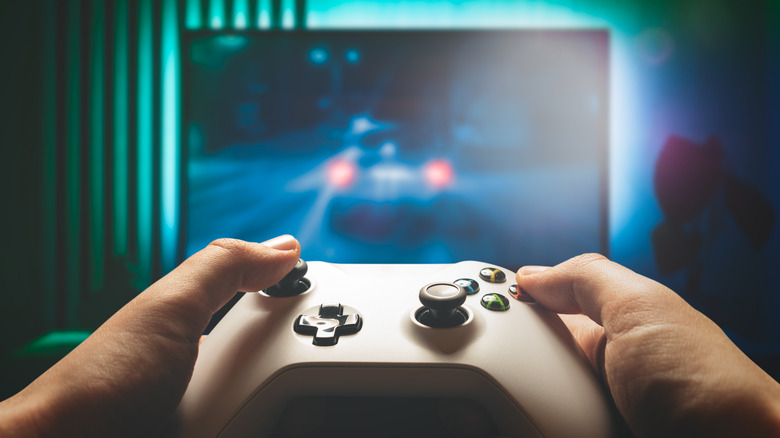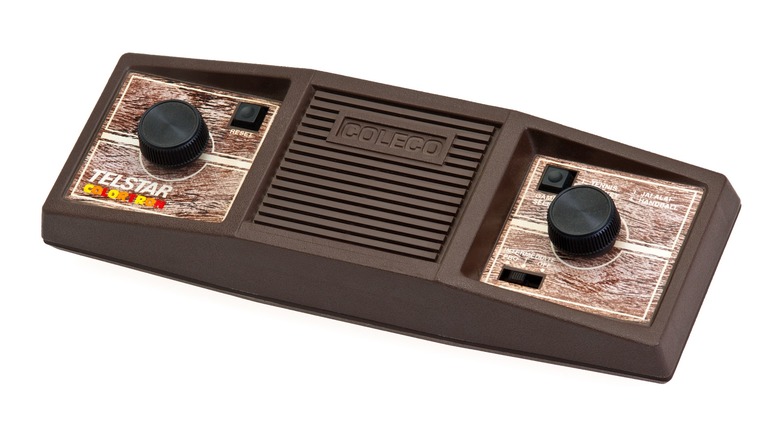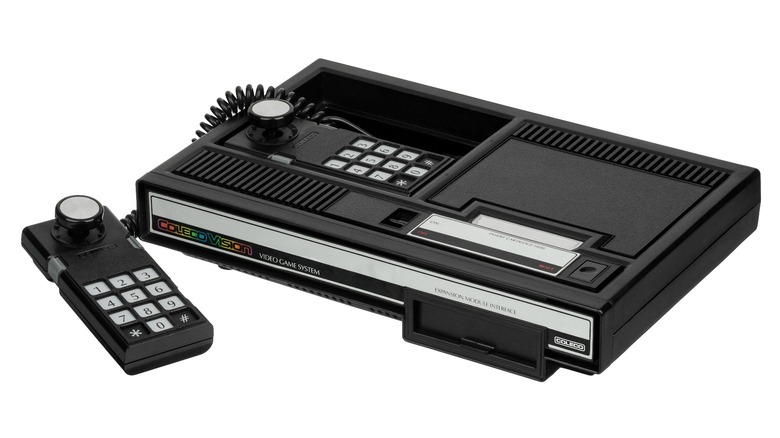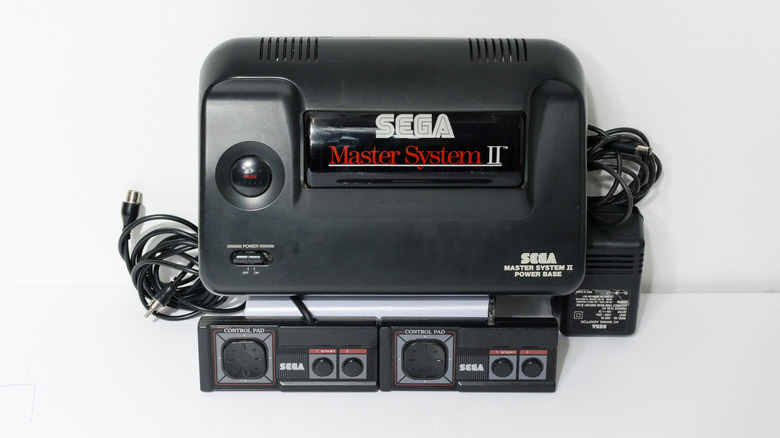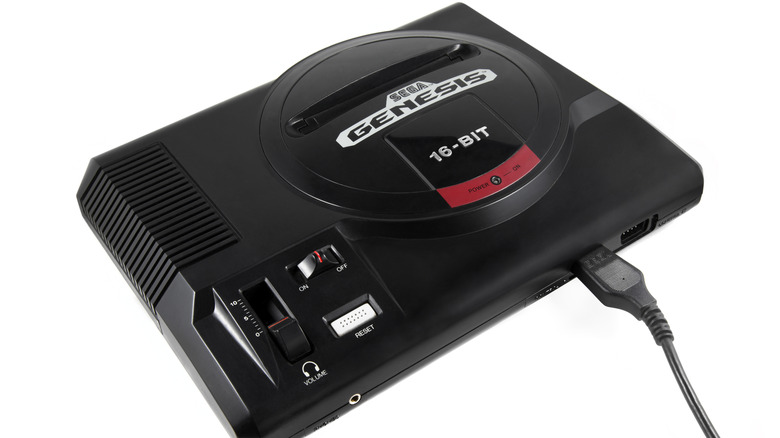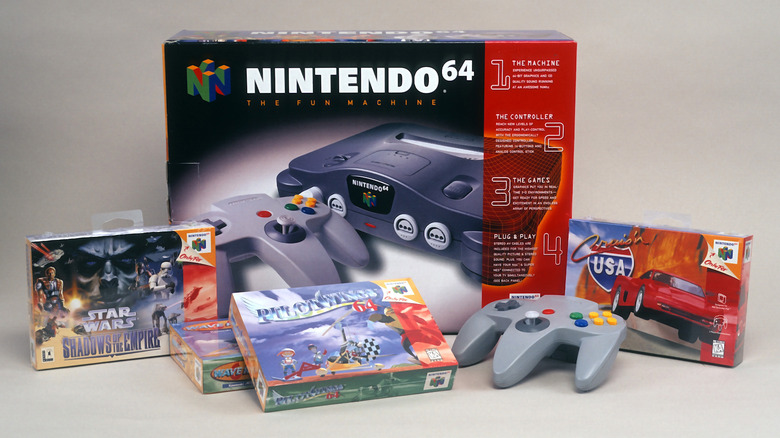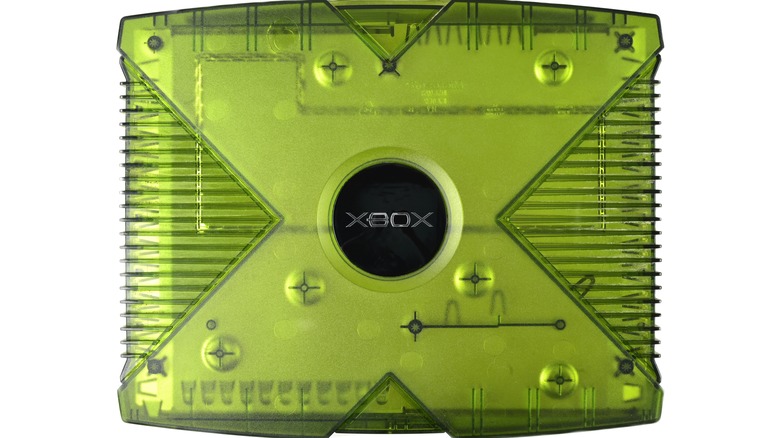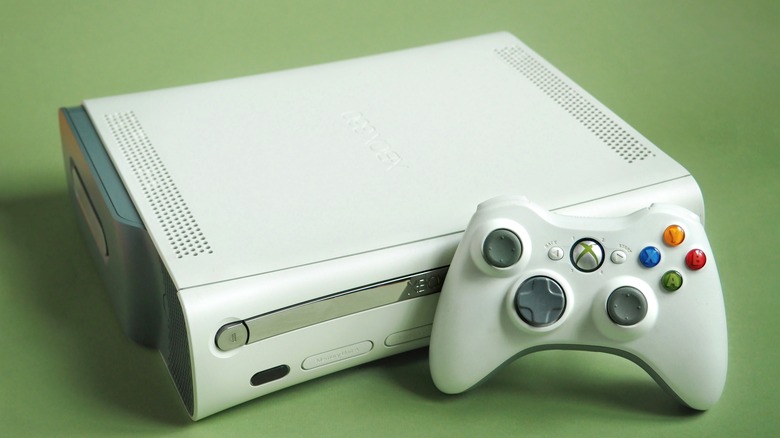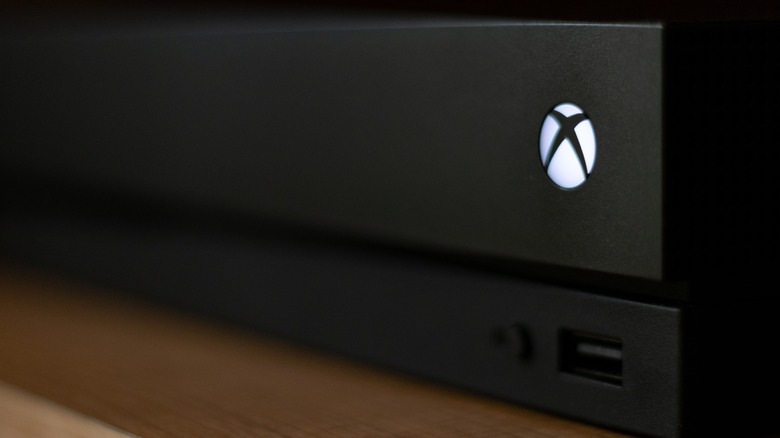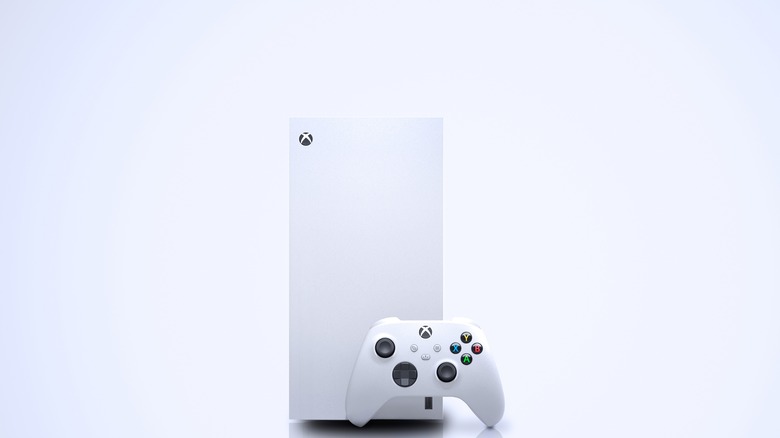The Most Powerful Gaming Consoles Of Each Generation
Dedicated gaming consoles have many benefits when compared to other devices like computers or phones. Games developed for these consoles can take full advantage of their hardware without accounting for inconsistencies. Of course, the hardware itself will still have numerous limitations, and this can lead to games looking better or performing more favorably on certain systems. Thankfully, the most powerful consoles today will cost much less than the most powerful computers available, but actually finding the strongest console might not be so simple.
Throughout each console generation, many options available for players are remarkably similar when looking at devices in terms of power and performance. This article will primarily focus on the hardware capabilities of certain consoles and their competitors, but in cases where the hardware between competitors ends up being nearly indistinguishable, the actual gaming performance will be considered instead. In some cases, an obviously stronger console might not actually be able to reach the performance of its weaker rivals.
First Generation (late 1970s): Coleco Telstar
As one might expect, the very first devices designed specifically for gaming were focused on delivering their own version of Pong, the first video game to exist. While companies like Atari provided this game to buyers, it was in 1976 when Coleco decided to innovate in its own way. Still focused on Pong, the very first Telstar device made available by the company allowed players to alter the game through additional objects to control and single-player scorekeeping. It was still incredibly simplistic, lacking graphical fidelity, but it was still one of the most capable consoles you could find at the time.
The "Telstar" covers a vast lineup of consoles, with some released alongside second-generation devices like the Atari 2600. The Telstar Arcade was the last of these consoles, having actual colored graphics and completely unique peripherals like a steering wheel and a light gun. In this case, though, the device itself actually relied more on the cartridges. Each available title had its own microcontroller, making the games the primary power source rather than the Telstar Arcade.
[Featured image by HSV via Wikimedia Commons | Cropped and scaled | CC BY-SA 3.0]
Second Generation (early-mid 1980s): ColecoVision
Once the 1980s came around, consoles began to move beyond Pong and started offering more unique experiences. Rather than a small selection of extremely simplistic games, they offered a wide range of short games that were still able to provide recognizable character and environment graphics. This generation lasted up until the NES, and before then, Coleco managed to win out in power once again thanks to its ColecoVision. While it might not be as recognizable as Atari's 2600, it was undoubtedly the strongest console of its competitors in terms of both specs and visual quality.
Though the ColecoVision had greater graphical fidelity, games also tended to be much more colorful and bright on it. Consoles from this generation didn't have a massive gap between each other when it came to graphical fidelity, so whether one game looked better on it than on a rival device is up to personal opinion. Even so, this classic console managed to keep fans for quite some time, with a reissue of the ColecoVision aiming for retro gamers appearing 30 years after its original release.
Third Generation (mid 1980s): Sega Master System
The Sega vs Nintendo "console wars" existed even before the former's Genesis console, with the Sega Master System being offered as a direct competitor to the NES. It also competed with the Atari 7800, which would be one of Atari's last jumps into console gaming as a whole. While it might not be a retro gaming machine still worth buying today, the Master System had specs that could easily be seen as on par with its alternatives. The main reason why it wins out, though, is thanks to how the games actually look on it.
Compared to both the NES and Atari 7800, the Master System managed to have a greater color palette and more minor details in various games. Neither of these features would sound impressive today, but in the 1980s, this made a world of difference for every title that appeared on all three systems. Licensed characters looked more like their original counterparts, backgrounds included extra artwork and details, and some games looked like they came from a 16-bit device. During this time, even the most minor increases in capability could really make a console stand out as the most powerful.
Fourth Generation (late 1980s-early 1990s): Sega Genesis
The Sega Genesis is perhaps the most well-known console ever made by Sega, and for good reason. On top of being the first playable appearance of Sonic the Hedgehog, it was also a powerful console able to keep up with the later release of the Super NES. While it manages to hold up when comparing games on both systems, the Genesis snatches power-based victory thanks to a technicality. Rather than the console itself, the system's true potential is drawn out thanks to its accessories.
Two peripherals were released for the Genesis throughout its lifespan. The Sega CD and 32X expanded its game library and graphical capabilities, providing greater 3D capabilities and full-motion videos in certain titles. These peripherals weren't exactly successful — the Sega CD flopped alongside the 32X — but they increased the strength of the Genesis far beyond what you could get with the SNES. All thanks to the fact that you needed this console to use those peripherals, the Sega Genesis wins when it comes to overall hardware strength.
Fifth Generation (1990s): Nintendo 64
At first, you might expect the very first PlayStation to be the most powerful console of the fifth generation. After all, its CD storage capabilities led to a massive fallout between Nintendo and Square, the developers behind the "Final Fantasy" series. However, this was the only place where the PlayStation's hardware won out, with the Nintendo 64 having vastly superior specs. If it wasn't for the console's cartridges not being able to hold as much space, it would have easily knocked Sony out of the park before the company even began its journey.
Of course, the extra storage offered by CDs did allow for prettier pre-rendered videos and improved music quality. This makes the argument of "which is better" up to personal preference once again, especially if you're lucky enough to even get one of these classic consoles. A sealed, never-opened Nintendo 64 was put on sale for $250,000 not too long ago, with sealed PS1s currently on sale for thousands of dollars as well. That's even more than a top-end PC today, which wouldn't have much trouble running any game from this era.
Sixth Generation (late 1990s-early 2000s): Xbox
While the PlayStation 2 might currently be the best-selling console of all time, it falls short of both the GameCube and original Xbox when it comes to actual strength. Between both of these consoles, the Xbox was simply more powerful in terms of hardware, boasting greater processors and far more RAM. The original Xbox's nostalgia-sparking features also gave it some incredible functionality. Of the three consoles, it was the only one to actually have online support out of the box, requiring no extra adapters, unlike its competitors.
Starting with this console generation, games started to have more similarities between each version. As a result, comparisons between Xbox, GameCube, and PlayStation 2 are much easier to make. Even so, there are still some differences between certain games that might make some run better on the GameCube than on the Xbox. Microsoft's console also lacks the vast and genre-defining game libraries of its competitors, leaving it without many opportunities to actually use its superior hardware.
Seventh Generations (2000s): Xbox 360
The seventh console generation is arguably the most difficult to judge how powerful one console is to another. The PlayStation 3 is powerful in its own right, with the U.S. military using it to build a supercomputer, while the 360 managed to boast a stronger GPU at the cost of a weaker CPU. The comparisons between the two are so close that it's hard to say which is better. In fact, the innovations brought out by the PS3's Cell processor should put it on top despite being a nightmare to develop games for.
When it came down to actual performance, though, the 360 could easily outdo its competitor in a wide variety of titles. When it comes to gaming in this era, a stronger GPU is often preferable to a stronger CPU, as that's what most titles rely on to keep running smoothly with HD resolutions and textures. Even with this difference, some games found some extra performance boosts with the PS3, but you'd be hard-pressed to find many comparisons where the 360 doesn't win out.
Eighth Generation (2010s): Xbox One
The PlayStation 4 and Xbox One comparison is similar to the comparison between PS3 and 360. In this instance, though, the PS4 was able to outperform Microsoft's competing console even in more recent titles. That would be the end of it, but both consoles received new versions with greater power later in their lifespans. If this article only considered consoles that were in production longer than their rivals, the PS4 Pro would have won out thanks to its direct upgrades over the original system.
In the end, though, the Xbox One X manages to shatter expectations in spite of its lack of popularity. The GPU and CPU are both outright better than the PS4 Pro, allowing for greater overall detail in games on both systems. Some games still managed to have better performance and higher quality on Sony's console, but this didn't make much of a difference between the rest of the consoles' shared titles. This specific console refresh allowed the Xbox One to technically become the most powerful gaming console of the second-most-recent generation.
Current Generation (2020s): Xbox Series X
Once again, Microsoft manages to beat out Sony's console offering in terms of pure strength. The Xbox Series X has greater power than the PlayStation 5, partially thanks to a greater GPU. In terms of actual performance, though, the differences are fairly minor, even when looking at older systems. Differences in optimization and customizable graphics settings can lead to some heavy variance in performance. There are many cases where the PS5 really does outdo the Series X consistently, showcasing how simply having more strength isn't the sole deciding factor of performance anymore.
This console generation is still going on, and the possibility of these consoles getting an upgrade isn't out of the question. With a hypothetical PS5 Pro and the upgrades that would come with it, Sony could very well wrestle the title of "strongest console" away from Microsoft. Either way, these comparisons primarily focus on hardware more than anything else. As one might expect from the most popular systems of each generation, being the strongest console isn't the same as being the best.
